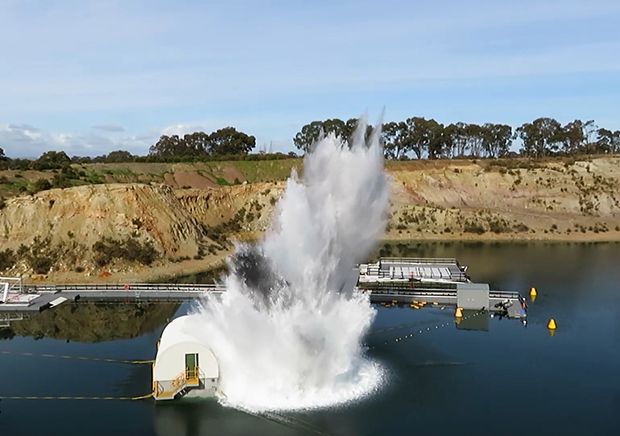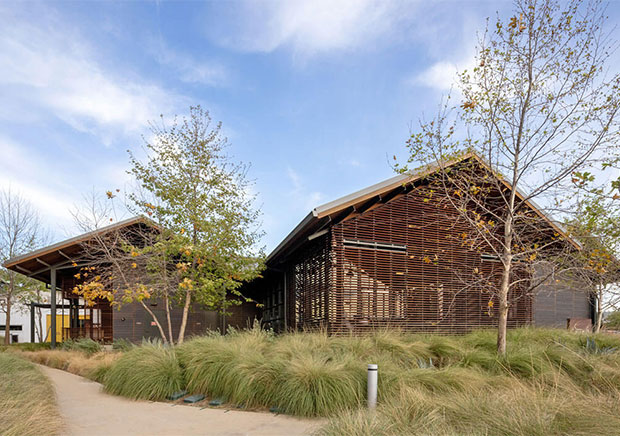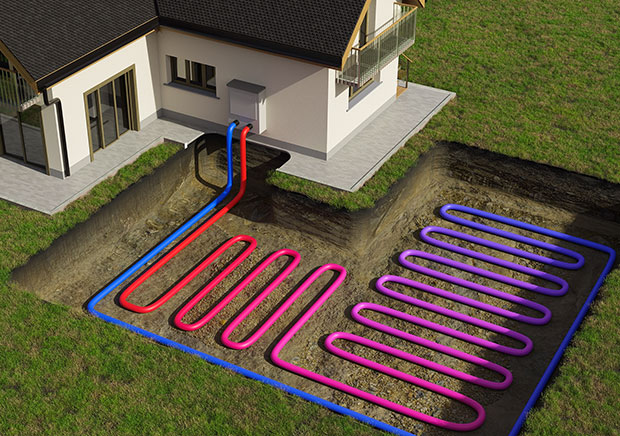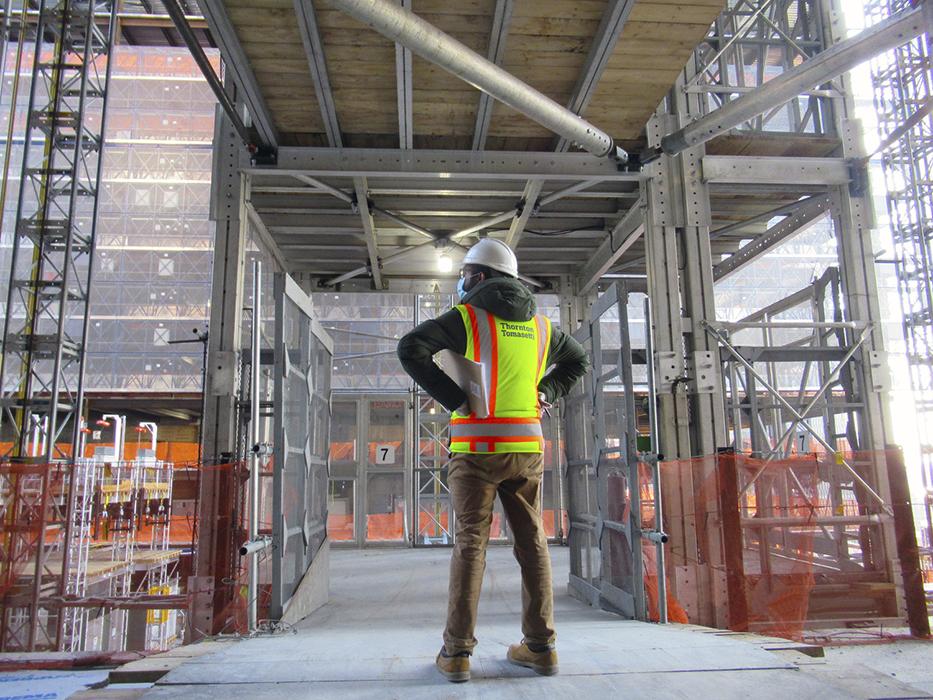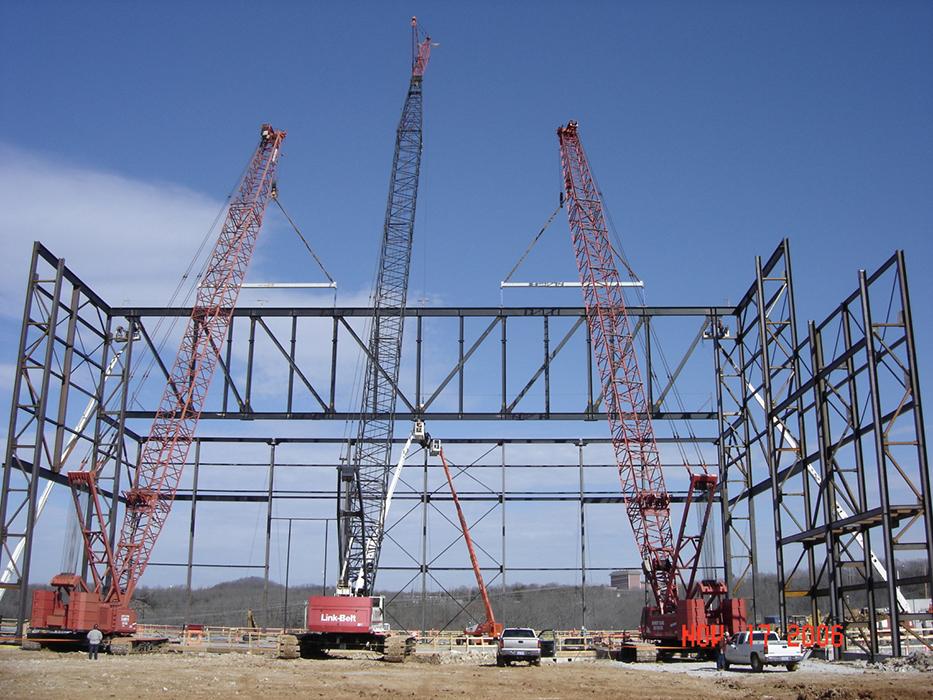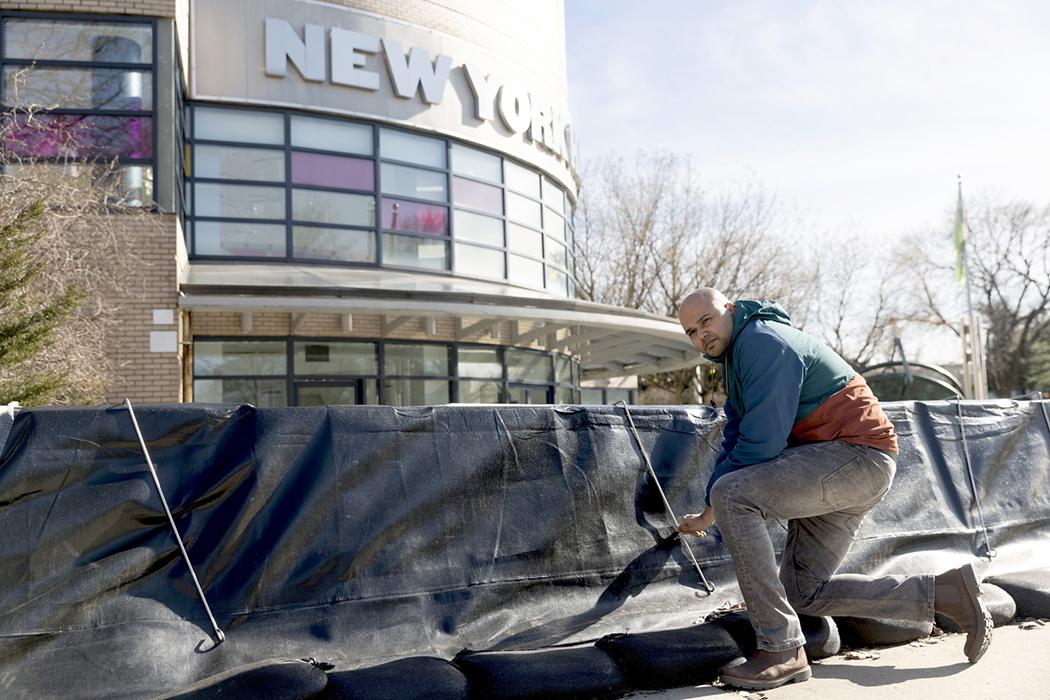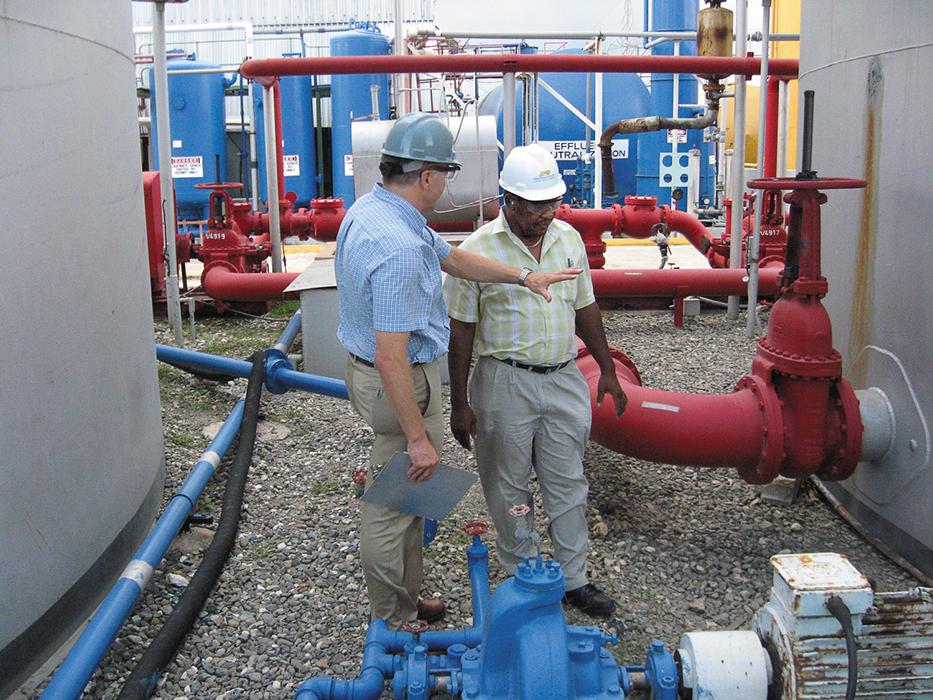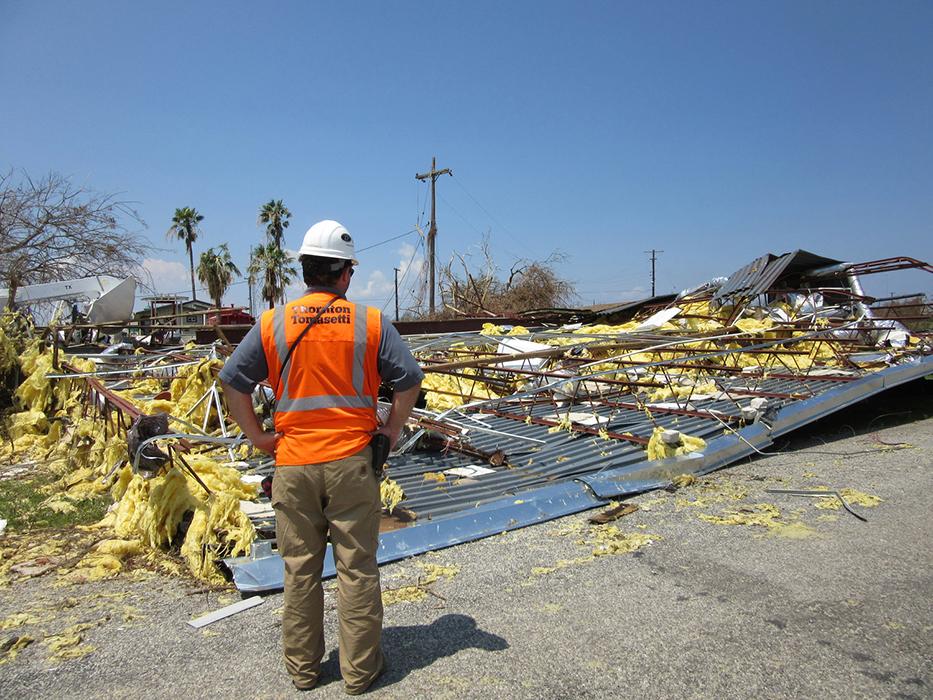
Preparing a Construction Site Ahead of a Major Hurricane
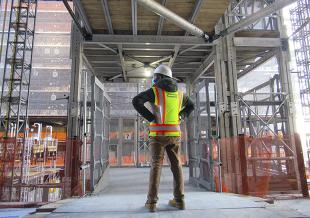
Key Takeaways
- Secure the Site - Remove or secure loose materials, equipment, and temporary structures to prevent them from becoming projectiles or causing damage during high winds and heavy rain.
- Protect Materials and Equipment - Store materials in weatherproof locations, elevate equipment above flood levels, and use protective coverings to minimize water damage and ensure post-storm usability.
- Plan for Evacuation and Shutdown - Develop a clear evacuation plan for workers, shut down utilities, and coordinate with local authorities to ensure safety and compliance before the hurricane hits.
- Post-Storm Assessment - After the storm, conduct a thorough inspection for structural damage, hazards, and utility issues before resuming work to ensure a safe return to operations.
All too often, storm preparation is poor on job sites, which can result in major failures. For example, a crane collapsed on a St. Petersburg, Florida, job site during Hurricane Milton in 2024, and, in 2020, 27 construction barges broke away from their moorings and were scattered during Hurricane Sally, some of them colliding with the Pensacola Bay Bridge and causing extensive damage.
As a firm specializing in both forensics and structural design, among many other practice areas, Thornton Tomasetti understands the critical importance of safeguarding construction sites against the destructive forces of a major hurricane. Proper preparation can mitigate risks, protect valuable assets and ensure the safety of workers and surrounding communities.
Below, we outline a comprehensive guide to securing your construction site ahead of a hurricane, drawing on our expertise in structural integrity and disaster resilience: See More Hurricane Season Insights
Monitor Weather Updates and Develop a Hurricane Action Plan
Stay informed by monitoring forecasts from reliable sources like the National Hurricane Center. First, check with contractors to make sure that there is not already a hurricane plan in place, particularly related to cranes and temporary structures. If not, develop a hurricane action plan well in advance, outlining responsibilities, timelines and emergency protocols. Assign a site manager to oversee preparations and ensure all team members are trained on the plan. Our forensic investigations often reveal that sites with clear, proactive plans suffer less damage during storms.
Secure or Remove Loose Materials and Equipment
High winds can turn loose materials into dangerous projectiles. Secure or remove:
- Construction materials: Tie down and secure material and loose debris. Stack and strap down lumber, pipes and other materials. Store small items like fasteners, tools, oil cans and extra fuses in weatherproof containers.
- Temporary structures: Secure netting and anchor scaffolding, sidewalk sheds, construction fences, formwork and portable toilets. If anchoring isn’t feasible, dismantle and store them.
- Cranes and heavy equipment: Suspend crane operations and secure crane equipment when wind speeds reach 30 mph or greater. Suspend hoist operations and secure exterior hoists when wind speeds reach 30 mph or greater, unless manufacturer specifications state otherwise.
In our structural design work, we emphasize anchoring systems that can withstand high wind loads, ensuring temporary setups remain stable.
Reinforce Ongoing Structures
Partially built structures are particularly vulnerable. Assess the structural integrity of incomplete buildings and take steps to reinforce them:
- Bracing: Install temporary bracing for walls, columns and roof systems to enhance stability.
- Roofing: Secure incomplete roofs with additional fasteners or temporary coverings like tarps, ensuring they are tightly sealed to prevent uplift.
- Openings: Board up windows and doors with plywood or hurricane-rated shutters to protect against wind and debris.
Our forensic analyses of hurricane-damaged sites often show that inadequate bracing leads to significant structural failures, underscoring the need for robust temporary reinforcements.
ASCE 37-14
This code, developed by the American Society of Civil Engineers, focuses on design loads on structures during construction. Section 6.2, in particular, gives guidance related to construction periods in hurricane-prone areas. It outlines design wind speeds and construction period intervals in order to determine temporary wind loads. In summary, it says that in-progress structures should be able to withstand 115 mph wind speeds between July 1 and October 31.
While this standard is for determining expected wind speeds for projects along the Gulf and Atlantic coasts, and how to design given the likelihood of a hurricane impacting these areas, there are exceptions, such as New York City, which essentially does not allow for a reduction outside of hurricane season.
Protect the Site from Flooding
Hurricanes often bring heavy rainfall and storm surges. To minimize flood damage:
- Clear drainage systems: Ensure ditches, culverts and storm drains are free of debris to allow proper water flow.
- Elevate critical equipment: Raise generators, HVAC units and other sensitive equipment above anticipated flood levels.
- Install barriers: Use sandbags or temporary flood barriers around vulnerable areas, such as excavations or low-lying sections.
Our design team often incorporates elevated platforms and flood-resistant materials in projects located in hurricane-prone regions to enhance resilience.
Secure Hazardous Materials
Chemicals, fuels and other hazardous materials must be properly stored to prevent environmental contamination or safety hazards. Move these materials to a secure, weatherproof location away from flood zones. Ensure containers are tightly sealed and labeled. Our forensic investigations have highlighted cases where unsecured hazardous materials led to costly cleanups post-storm.
Document the Site
Before the storm hits, thoroughly document the site’s condition with photos and videos. This documentation is critical for insurance claims and post-storm forensic assessments. Note the placement of materials, equipment and any temporary reinforcements. We frequently assist clients in post-hurricane evaluations, and comprehensive pre-storm documentation streamlines damage assessments and recovery efforts.
Suspend Operations and Evacuate Personnel
Safety is paramount. Suspend all construction activities well before the storm’s arrival and evacuate personnel from the site. Ensure all workers are aware of evacuation routes and emergency contacts. Our experience in structural forensics shows that sites prioritizing personnel safety avoid not only human harm but also legal and financial repercussions.
Communicate with Stakeholders
Keep clients, subcontractors and local authorities informed about your hurricane preparations and site status. Clear communication ensures alignment and facilitates post-storm recovery. We often collaborate with stakeholders to assess damage and plan repairs, and proactive communication before the storm simplifies these efforts.
Post-Storm Assessment
Once the hurricane passes and authorities deem it safe, conduct a thorough site inspection, including items that don't appear to be damaged, before operations resume. Look for structural damage, flooding or displaced materials. Engage a qualified engineering firm like ours to perform a detailed forensic analysis if significant damage is suspected. Our structural design team can also assist in developing repair plans that meet building codes and enhance future resilience.
Conclusion
Preparing a construction site for a major hurricane requires meticulous planning and execution. By securing materials, reinforcing structures and prioritizing safety, you can minimize damage and downtime. At Thornton Tomasetti, we leverage our expertise in forensics and structural design to help clients navigate the challenges of hurricane-prone regions. Contact us for tailored guidance on fortifying your site or assessing post-storm damage to ensure a swift and safe recovery.



